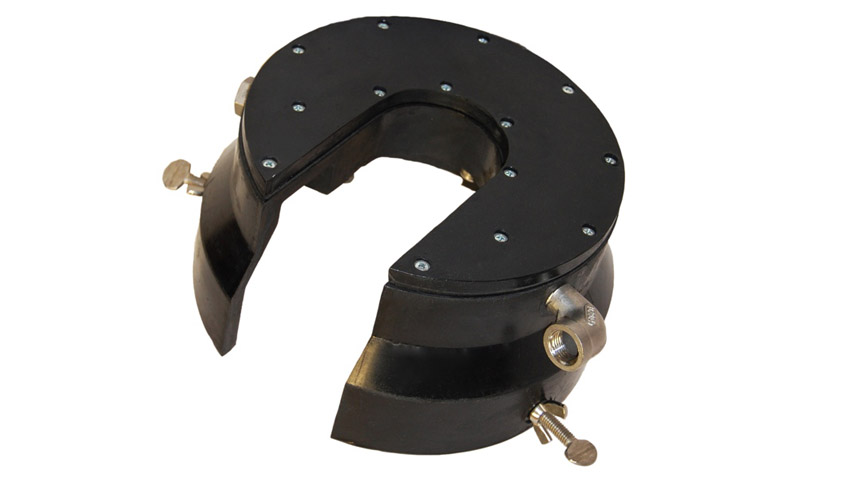Reaction injection molding is cost-effective for the production of a few hundred to several thousand parts. Benefits include low-to-moderate tooling costs, short lead times, the ability to produce large and lightweight parts, parts with tight tolerances, enhanced design finishes, chemical resistance properties, 94V-0 and HB ratings, customized part properties, and wall thickness, as well as the ability to mold over metal, wood, glass, computer chips, and other parts.
RIM Advantages VS. Injection Molding
| Reaction Injection Molding Advantages Large, lightweight parts Varying wall thickness with no sink Deep draw Can combine multiple designed parts into one part within a single mold Low-to-moderate cost tooling – machined aluminum Short lead-time Tooling can be used for prototype and easily modified for production parts Material flexibility – elastomers, solid RIM, structural foam, flexible foam, DCPD, etc. Encapsulation of component materials including metals, electronics, plastic, valves, circuitry, etc. Low-to-high production volume Tight tolerances | Injection Molding Small-to-mid size parts Requires uniform wall thickness Limited draw Multiple mid-size parts generally require multiple molds High-cost tooling – steel Long lead-time Prototypes require different tooling and tooling modifications are expensive Limited material options Limited encapsulation Moderate-to-high production volume Tight tolerances |
RIM Advantages VS. Thermoforming & Vacuum Forming
| Reaction Injection Molding Advantages Complex geometry and cosmetically appealing parts Deep draw with structural integrity Varied wall thickness throughout the part Structural integrity molded into parts Molded-in attachment points Tight tolerances Low-to-moderate cost tooling Low-to-moderate production Material flexibility – elastomers, solid RIM, structural foam, flexible foam, DCPD Encapsulation of component materials including metals, electronics, plastic, valves, circuitry, etc. | Thermoforming & Vacuum Forming Simple part design and geometry Draw limited and requires post-molding structural features Requires uniform wall thickness Post-molding gluing of ribs Glued attachment points Low-to-moderate cost tooling Limited material flexibility No encapsulation capability |
RIM Advantages VS. Sheet Metal
| Reaction Injection Molding Advantages Tremendous design flexibility Large and light-weight parts Structurally strong and durable Molding in color an in-mold painting Variable wall thickness within the same part Affordable part cost Capable of combining multiple parts into one integrated part Provide sound and vibration insulation Corrosion and rust-resistant Part cost is more stable | Sheet Metal Limited design flexibility Parts are heavy Post-painting required High part cost Varied wall thickness requires welding multiple parts Multiple parts require labor and assembly costs Structurally stronger parts Part pricing is less stable due to the commodity’s market |
RIM Advantages VS. Cast Molding
| Reaction Injection Molding Advantages Cosmetically appealing parts right out of the mold Prototype tooling can be used for production parts Tight consistent part tolerances Variable wall thickness without sink Tooling lasts the lifetime of the project Short lead-time on tooling | Cast Molding Cosmetic inconsistencies of parts of the mold Prototype and production tooling are different Part tolerance varies from part to part Variable wall thickness generally includes sink Short lead-time on tooling |

